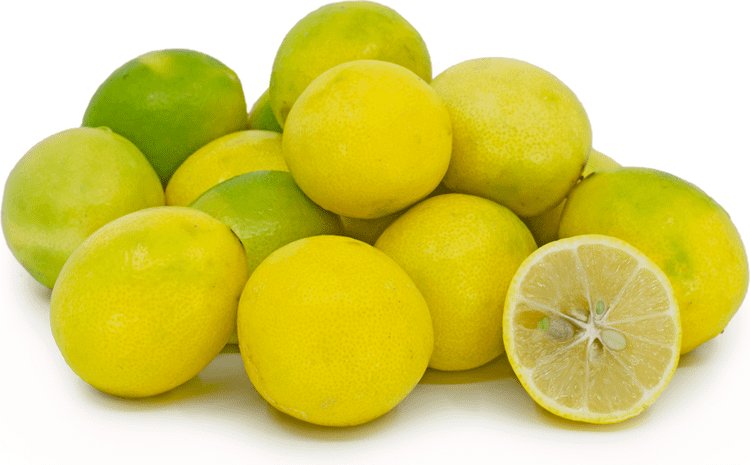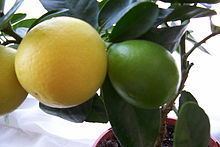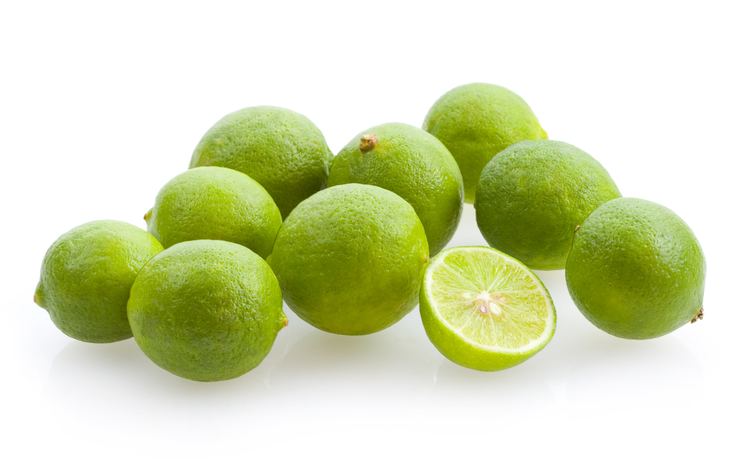Rank Hybrid | Clade Angiosperms | |
 | ||
Scientific name Citrofortunella × floridana Similar Orangequat, Calamondin, Sunquat, Orangelo, Ugli fruit | ||
Key limequat baby
The limequat is a citrofortunella hybrid that is the result of a cross between the key lime and the kumquat, hybridized by Walter Tennyson Swingle in 1909.
Contents

Unusual food 2 limequat
Description

It is a small tree that grows into a contained bushy form. The leaves are characteristically citrus-like. The limequat produces an abundance of fruit even at a young age. The fruit is small, oval, greenish yellow and contains seeds or pips. It has a sweet tasting skin and a bitter sweet pulp that tastes similar to limes. The fruit can be eaten whole or the juice and rind can be used to flavor drinks and dishes. It has considerable amounts of vitamin C and is strongly acidic.

This plant is now grown in Japan, Israel, Spain, Malaysia, South Africa, Armenia, the United Kingdom and the United States in California, Florida, and Texas. The fruit can be found, in small quantities, during the fall and winter months in the United States, India and Japan.
Varieties
There are three different named cultivars of limequats:

Care

Limequats can be grown indoors or outdoors providing the temperature stays between 10°C to 30°C (50°F to 86°F). They are fairly small and can be planted in containers or pots. Plant limequats in a well drained fertile soil. Incorporate a good compost with some gravel or other drainage-aiding substance. Sand, despite popular opinion, is poor for aiding drainage. Adding mulch or compost on top of the soil can be very beneficial. Plant anytime of the year, watering it well. Water when nearly dry and add fertilizer occasionally. It can be pruned to keep a shape.
Plants grow fairly slowly and flower and fruit between 5–7 months and rest for 7–5 months.
Limequats are more cold hardy than limes but less cold-hardy than kumquats.


